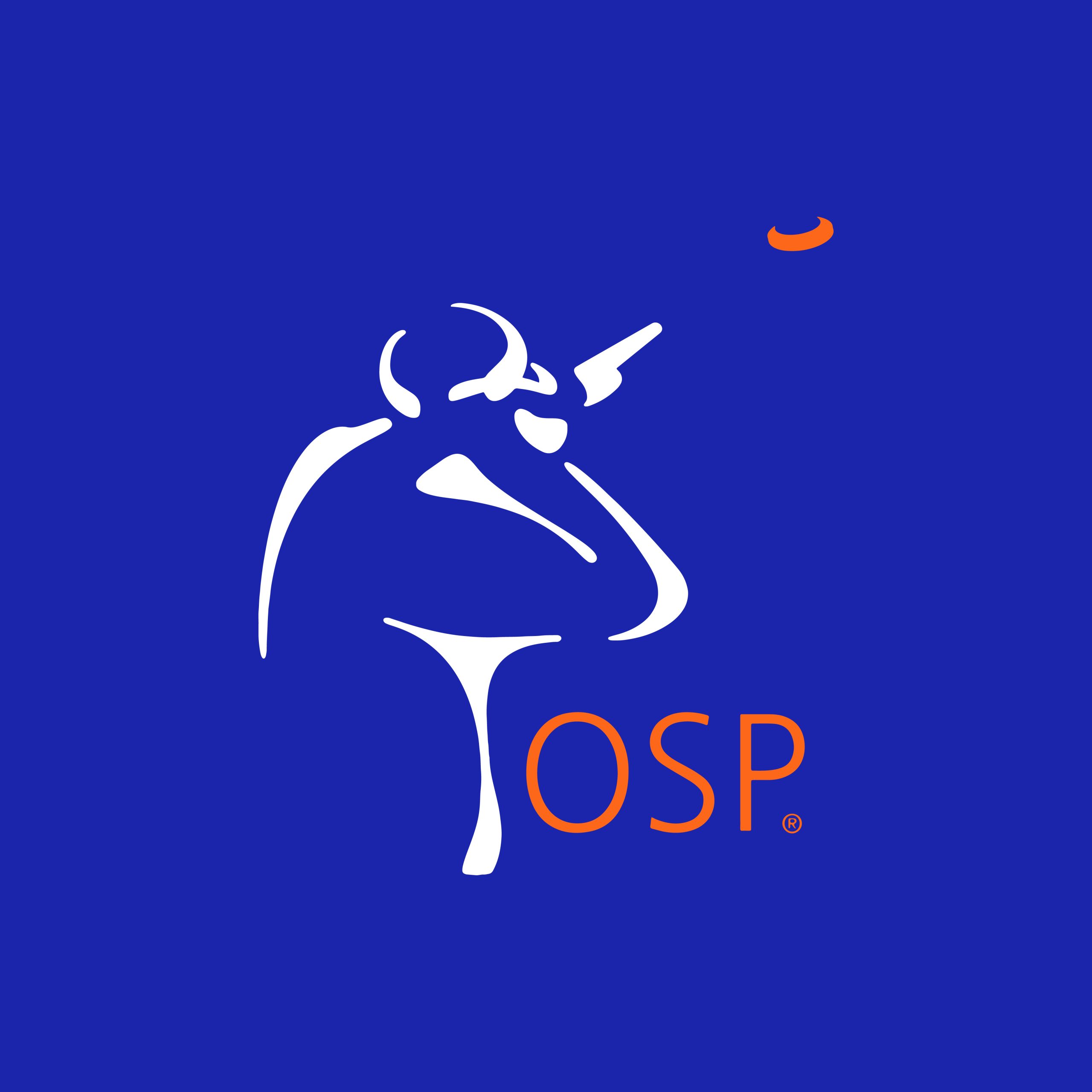Lehigh Valley
Lessons from Lehigh Valley
Over the four days in Lehigh Valley, I never stopped being amazed at how many shooters, despite how many times we write about not looking down the barrel, are still doing it. Even though it does not make any logical sense when we propose the reality of it, they still are doing it.
The three-bullet drill is still the sleeper because it really does communicate to the brain what it’s supposed to look like. We’re still amazed at how quickly the sight pictures are in the brain and how looking at the bird behind the barrel is the key to getting the pictures into the brain and allowing for peripheral acceptance of the barrel. In turn, this allows the target to come to the lead.
The target coming to the lead is huge in the overall scheme of things. It’s as if when the target comes to the lead, the right brain just takes care of it and when it’s stable, it’s right. The farther behind the barrel the shooter is comfortable with the target being, the easier longer shots become. When time is short to take the shot or the target is fast, the brain always defaults to its comfort zone; how far it’s comfortable with the target behind the barrel.
The preload is a huge factor, too. The more the preload is used and success happens after the correct preload, the more rapidly the brain learns and responds.
It occurred to me the other day that there aren’t many different leads in reality due to the size of the pattern. I mean, the majority of the shots occur within maybe four or five feet of the target, and most as quartering appear within three feet. However, the aiming reflex that dominates shooters’ brains keeps the simplicity of the skill from being realized.
The Perils of Focusing on Lead
I had a shooter who was so enamored with the lead and where he was missing that he almost had a meltdown on his second day. He was a helicopter pilot, so he had coordination and timing, but he kept trying to be perfect instead of just firing the circuit and correcting it. And eventually, when he started missing toward the end of the day, he just lost it. This is normal for those shooters who concentrate on lead. He even said he understood what we meant when we said “just fire the circuit and don’t worry about hitting the target.” But eventually hitting the target became more important to him than learning what we wanted him to learn.
I heard his comment on the second day when he was struggling: “I will take on anyone in this state with a pistol or a rifle, but this shotgun thing I’m struggling with…”
The sad part of this whole thing is that his ego-based outlook kept him from learning as quickly as he could. And it eventually got in the way of learning during the second half of his second day. He got pissed because he began to evaluate his performance based on hitting the target, not based on how in control he was of the target.
The absolute instant you begin to evaluate, you are not in flow or the present, and performance will falter.
Let that be a lesson to you. You remain in mastery flow when you miss the target and you do not evaluate from a performance/score standpoint but a technical correction and process standpoint. This keeps the learning alive and performance improves.




